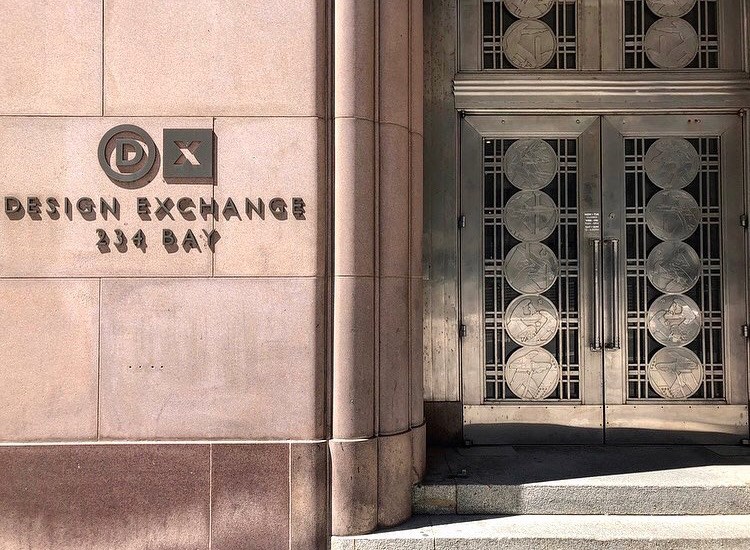Jacques Guillion’s Cord Chair. Clairtone’s G2 Stereo. Jan Kuypers’s Helsinki Desk.
These are some of the examples of classic Canadian design that for many years have been preserved in the collection of the Design Exchange in Toronto.
But they will be in the collection no more.
Though the Design Exchange (DX) website still advertises itself as “Canada’s Design Museum,” yesterday, it announced plans to deaccession its entire collection and pivot to a more festival-based programming strategy focusing on contemporary design practice.
The decision has been in the works for about six months, says Nina Boccia, creative director at the DX.
“The EDIT: Expo for Design Innovation and Technology is a main focus of the organization now,” says Boccia in a phone interview with Canadian Art. Beyond the biennial EDIT event—the inaugural edition of which was a partnership with a UN Development Programme and launched in September 2017. There will also be year-round programming about the intersection between design and technology at the Design Exchange facility on Bay Street .
“We will continue to offer the current programming we offer now, which is workshops for elementary, high-school and postsecondary students, and programs for children, youth and adults,” says Boccia. “We also have a community outreach program and will build on that.”
What will shift in those educational programs, Boccia says, is the use of newer technology—such as computers and 3D printers the DX recently purchased with an Ontario Trillium Foundation grant—to teach children and youth about design.
The deaccessioning, signed off on unanimously, says a DX release, by the board of directors and by founding curator Rachel Gotleib, affects more than 300 Canadian design objects from the postwar era.
Most of the objects, as per Canadian Museums Association deaccessioning guidelines, have been offered to public cultural institutions first. The majority will be gifted to the Canadian Museum of History in Gatineau and the Royal Ontario Museum in Toronto. DX representatives continue to be in touch with donors and collecting institutions about remaining works.
“We don’t have an in-house curator or collections supervisor, so that’s certainly a factor” in deciding to deaccession the collection, says Boccia. She says she’s happy to see the ROM and CMH accession the DX’s objects: “We have made every effort to ensure the work is in the public domain…. We want to make sure it’s in the right hands and being taken care of appropriately.”
Competitions administrated by the DX, such as the RBC Emerging Designer Competition and Boundless, will still continue. When asked if any exhibitions would continue to be hosted at the DX building, Boccia said there would be, but that they would be “small-scale,” and with a focus on contemporary design and technology.
“We want to offer experiences to the public about how design is changing,” says Boccia.
More details about the next EDIT festival, to take place in June 2020, will be announced in coming weeks. The inaugural 2017 festival was in an old Unilever soap factory destined for redevelopment. The next festival will be in a different location, says Boccia.
The Design Exchange was officially opened on September 21, 1994. The idea for such a centre providing support to Canadian design emerged after the federal agency Design Canada closed in 1985. It is housed in the former Toronto Stock Exchange, a 1937 art deco building with a frieze by artist Charles Comfort that is now surrounded by the Mies van der Rohe Toronto-Dominion Centre towers.

 The entrance to the Design Exchange at 234 Bay Street in Toronto. Photo: Facebook / Design Exchange.
The entrance to the Design Exchange at 234 Bay Street in Toronto. Photo: Facebook / Design Exchange.




